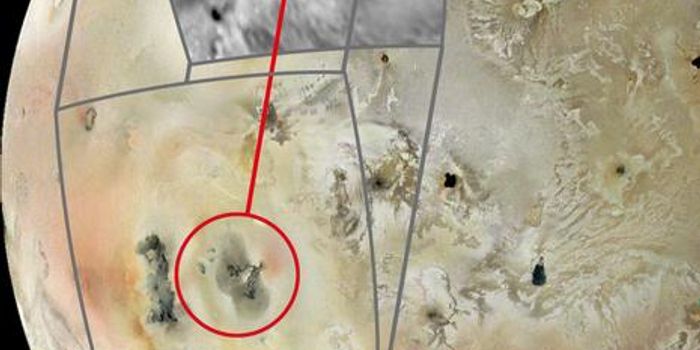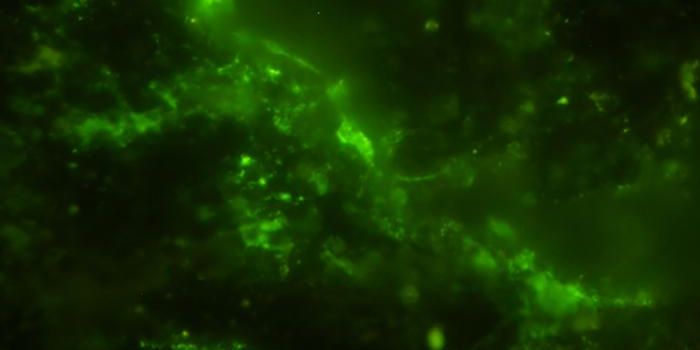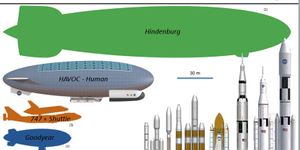A manned mission to Venus? No thanks! you may think, with hellish surface conditions including crushing pressures, an average temperature a little under 900 degrees fahrenheit, and clouds of sulfuric acid. Yes, Venus has hellish surface conditions. But what if you didn't go all the way down to the surface? What about the upper atmosphere? It turns out that about 40 miles above the surface, conditions are kind of... nice. It's not like you can breathe the air. It's still almost entirely carbon dioxide, but the temperatures average only around 100 degrees, and the atmospheric pressure is about the same as Earth's at sea level. Okay, better, you might think, but how do you stay in the upper atmosphere? How about with airships and eventually a cloud city? Sound like science fiction? Well, according to NASA, not necessarily.

The High Altitude Venus Operational Concept (HAVOC) is NASA's plan for exploring Venus from on high. It would begin with a robot airship, followed by a manned airship, and eventually a floating base to allow for a permanent human presence in Venus' atmosphere.
"What does the future of humankind in space look like?" asks Chris Jones, co-lead of the HAVOC project. "Frankly, we see Venus as potentially no later than the second planetary destination that humans might go to, after Mars or even before Mars." Why? Well, it takes much less time to get to Venus, about half they time it would take to get to Mars. That makes a Venus mission what Jones calls a "stepping stone or practice run" to get humans to Mars. "The best would be a long lived surface lander, but technology issues for surface robotic missions are pretty significant, and a human mission to surface is nearly insurmountable. What's left is a good platform for a science mission at mid-level altitudes, and it paints a good picture for a human mission in the atmosphere at 50 kilometers."
"Air itself is a lifting gas at those altitudes," Jones explains, "so you don't have to bring some ridiculous supply of helium for this to work." What he means is that the air we breathe here on Earth is lighter than the mostly carbon dioxide atmosphere of Venus, so we could fill our venusian airships with it. "And the rest of the environmental parameters at 50 kilometers are actually quite nice," Jones continues. "The gravity is about the same as on Earth's surface, the atmospheric pressure is about the same as Earth, and we can potentially manufacture a significant amount of that air by processing carbon dioxide. These are some of the facts we saw early on that inspired us to do this."
Solar power would not be a problem, as we could mount solar panels on the skins of our airships. There would even be protection from solar radiation, more protection than there would be on the surface of Mars.
In Jones' team's plan, a crew would spend about 123 days travelling to Venus, explore the planet from the air for 30 days, and then spend another 287 days getting back to Earth (440 days total). The mission is still in the planning stages, but it is completely doable. It would require no new technology. In fact, NASA had plans for a manned flyby of Venus back in the 60's using Apollo hardware.
(Source: Space.com)









